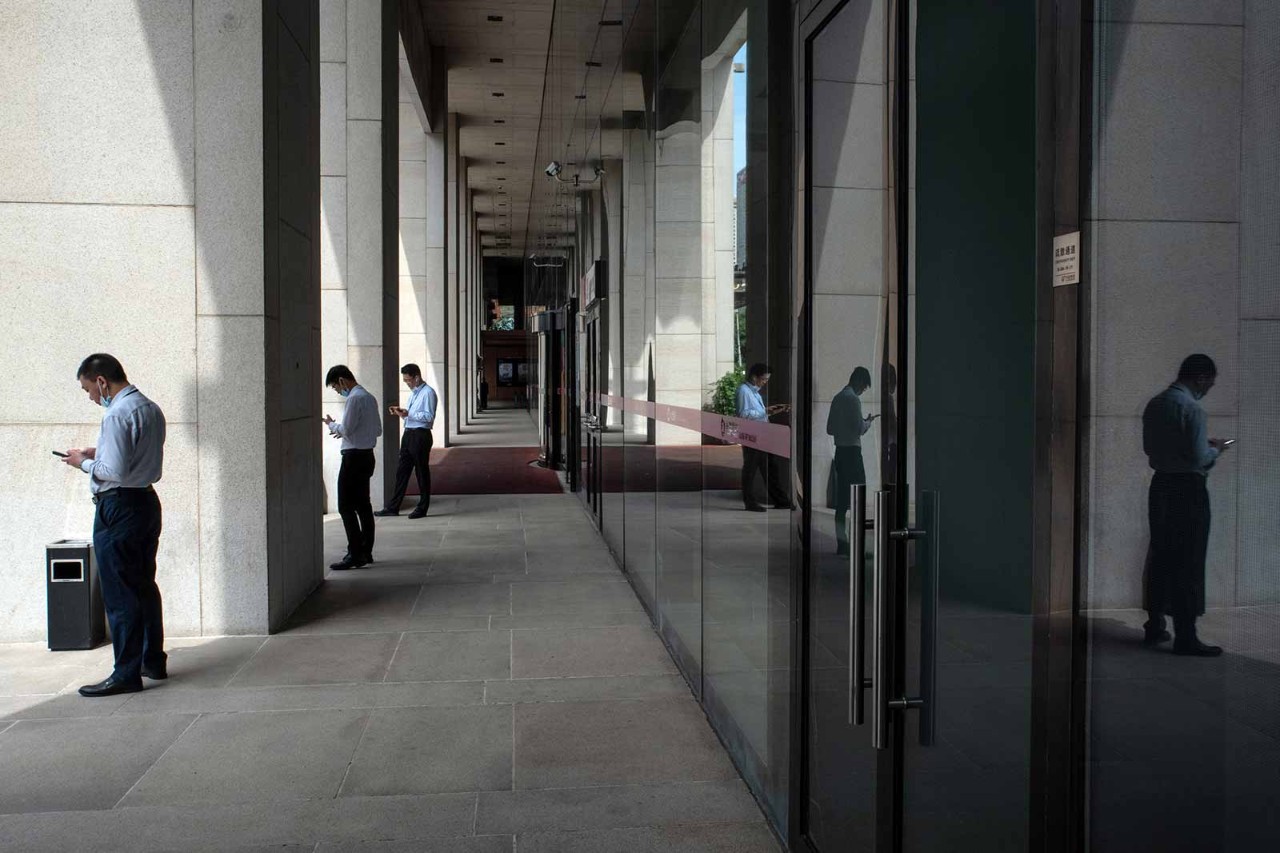
Keeping track of Malaysia's on-again off-again relationship with the goods and services tax (GST) can be both exhausting and exasperating because of the repeated stops, starts, pauses and rethinks over the past three decades. At the moment, the love affair has officially ended. But the flirting has begun once more.
If country and tax are indeed reunited, dare we hope they will enjoy a long and smooth future together? That depends very much on how much the authorities have learnt from the past. And there is quite a bit of history from which lessons can be mined.
Vote loser
After at least two about-turns and plenty of hand-wringing since the early 1990s, the government finally began collecting GST at 6% in April 2015. The reluctance to introduce the tax proved well founded. Nobody had expected a new tax to be greeted with open arms but such was GST’s unpopularity that it contributed to the change in government following the general election in May 2018.

If consumers in Malaysia are again to pay GST, the mistakes of the previous GST system must be avoided
In the period between the imposition of GST and the general election, the rise in the cost of living outpaced income growth and the poor were hit hardest. Naturally, people saw the tax as one of the culprits, with the anti-GST crowd denouncing it as inflationary and regressive. Also sharing the blame for the unintended consequences were opportunistic businesses, implementation flaws and bad timing.
As a result, GST became politicised. A key election promise of the then opposition was to abolish the tax, and after winning the election it moved swiftly. The collection of GST was suspended less than a month later, followed by the repeal of the Goods and Services Tax Act 2014 in August 2018, and the introduction of its replacements, the Sales Tax Act and Service Tax Act.
That was before the Covid-19 pandemic. And Malaysia has twice seen a transition to a new head of government since then. Things are a lot different now.
Second thoughts
Late last month, the prime minister, Ismail Sabri Yaakob, told Nikkei that the government was considering expanding its revenue base by bringing back GST. When that news drew some excitement and anxiety, he added that no decision had yet been made.
A Finance Ministry weekly update report published on June 10 presented the case for a consumption tax. It argues that Malaysia needs a broader and more stable source of revenue and that a value added tax is more efficient and transparent than the sales tax and service tax regime introduced in 2018.
The fact that the GST trial balloon is being floated at a time when Malaysians are wrestling with inflationary pressure and the political ground is shifting tells us that the government’s search for additional revenue is increasingly urgent.
To inspire confidence and to encourage buy-in, there needs to be an accurate and objective accounting of the GST experience that ended in 2018
If consumers in Malaysia are again to pay GST, the mistakes of the previous GST system must be avoided. If not, there will surely be another round of widespread discontent and distrust.
The government is well aware of this. In his interview with Nikkei, Ismail said a reintroduction of the GST must be preceded by education so as to ensure acceptance. He added that the rate must be at a sweet spot where the nation's coffers can be augmented without burdening the people.
The Finance Ministry recognises that GST 2.0 needs to make improvements to the refund process, the classification of taxable and non-taxable items, the competence of government officers, the level of compliance among businesses, and the overall governance of the tax system.
Accounting therapy
Acknowledging the shortcomings of the past is a good start, but it is not enough to merely assure people that the system will be better next time around.
To inspire confidence and to encourage buy-in, there needs to be an accurate and objective accounting of the GST experience that ended in 2018. On paper, it was a tax that would have fundamentally benefitted the economy and therefore would have had a positive impact on the lives of all Malaysians. Why then were people so eager to see the back of it?
The report should identify the major factors that diluted the effectiveness of the GST system. Was the 6% rate a poor compromise? Were there too many exemptions and zero-rated items? In what ways have businesses failed to play their part? Was the anti-profiteering law as useful as intended? How has the government come up short?
By addressing such questions, Malaysia can better understand the 2018 break-up with GST. Only then can the relationship resume on a truly hopeful note.




